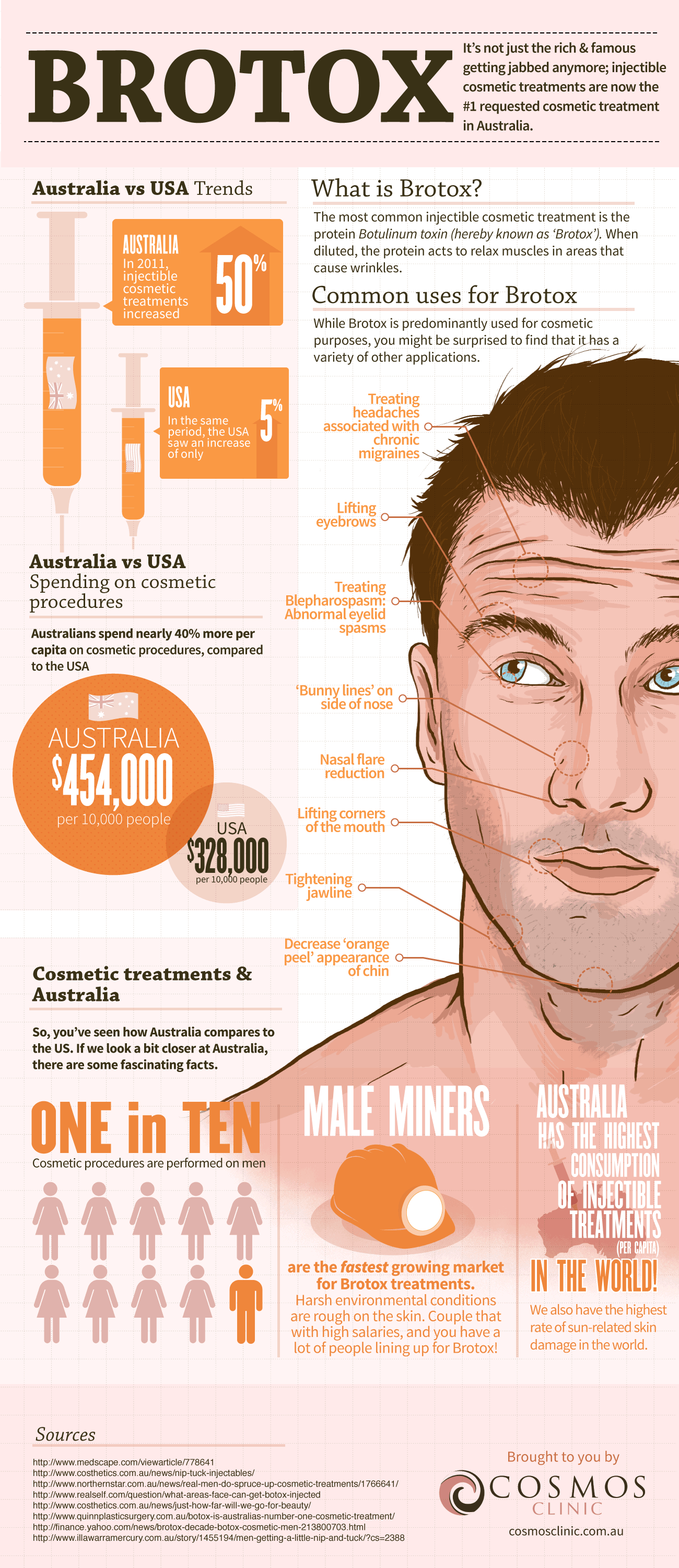Acne In People With Diabetes
Acne In People With Diabetes
Blog Article
Just How Does Photodynamic Treatment (PDT) Work?
Photodynamic treatment (PDT) integrates a light-sensitive medicine with special light to eliminate cancerous and precancerous cells. Your medical professional puts the drug on your skin or inside your eye and then beams a light on the treatment area.
This mix eliminates malignant cells and spares healthy tissue. Yale Medicine pulmonologist George Eapen, M.D., explains how this works.
The Photosensitizer
Photodynamic treatment (PDT) makes use of a mix of light and a medication called a photosensitizer to kill cancerous or precancerous cells and spare healthy and balanced cells. You get an injection of the photosensitizer, which is then activated by light in your body. The photosensitizer is taken in by both healthy and cancerous cells yet isn't hazardous up until it is triggered by the light.
Light-absorbing molecules, called photosensitizers, are located in plants and pets, including people. There are numerous photosensitizers, however a lot of are able to absorb a specific series of light wavelengths.
As soon as the photosensitizer is subjected to a light with a coordinating spectral variety, it's converted from its ground state right into a fired up singlet state. This enables it to transfer power to molecular oxygen, producing singlet oxygen and complimentary radicals that mediate cellular poisoning.
The Light
Throughout therapy, a special light is shined on the area where the photosensitizer was used. This light triggers the medication and destroys cancer cells or precancerous cells that it has actually targeted.
The medications that are utilized in photodynamic therapy have different absorption properties and several of them might take hours to leave normal cells yet stay much longer in cancer or precancer cells. This process permits the medical professional to target cancer cells much more precisely than various other kinds of therapies that utilize visible light, such as lasers or electrocautery [54]
Photodynamic treatment can treat the earliest spots of sunlight damages referred to as actinic keratosis and can decrease skin cancer cells advancement in people at high danger for establishing the condition. It is additionally a choice for some patients with damp type age-related macular deterioration, which is a typical cause of loss of main vision in older grownups. It can not restore the loss of vision brought on by this disease, yet it can decrease the development of irregular blood vessel development that triggers damp AMD.
The Activation
Photodynamic treatment (PDT) uses a medicine and light to treat cancer cells and other skin disease. It targets precancerous cells and kills them. Unlike various other cancer therapies that shed and destroy, this therapy kills precancerous cells while saving healthy cells.
The photosensitizer is delivered right into the skin through topical, dental or intravenous administration. It is taken in by the lump cells and triggered when revealed to light of a certain wavelength. This triggers a series of photochemical reactions that produces responsive oxygen types (ROS) that damages growth tissue and kill cancer cells.
PDT is frequently used to deal with actinic keratoses and in situ squamous cell cancer (Bowen disease). It can likewise be used to deal with other kinds of skin cancer cells, including surface basal cell cancer. It can be used alone or with medical facilities near me various other therapies, such as surgery or radiation. It can also shrink lumps in the lungs, enabling surgical procedure or other therapy to be safe and efficient.
The Therapy
PDT works finest in tiny abnormal areas of cells that a light source can get to, such as the skin, eyes, mouth or food pipeline (oesophagus) and lungs. It is likewise made use of to treat precancerous developments, such as actinic keratoses, which are sun-damaged cells that can develop into cancer.
Physicians carry out the photosensitizer as a cream or injection, and afterwards shine a light on the treatment location. The light destroys the irregular cells. While healthy and balanced cells absorb the photosensitizer, it stays much longer in cancerous cells.
After the treatment, your body normally deals with the dead cells. Individuals with lung cancer cells may experience spending blood or have a bronchoscopy to remove the lungs of the dead cells. In some cases, your physicians might make use of a bronchoscopy to remove the photosensitizer from the lungs as well if it triggers significant signs and symptoms. It is essential to stay inside your home and make use of sunscreen when you go outside while the photosensitizer is in your system.